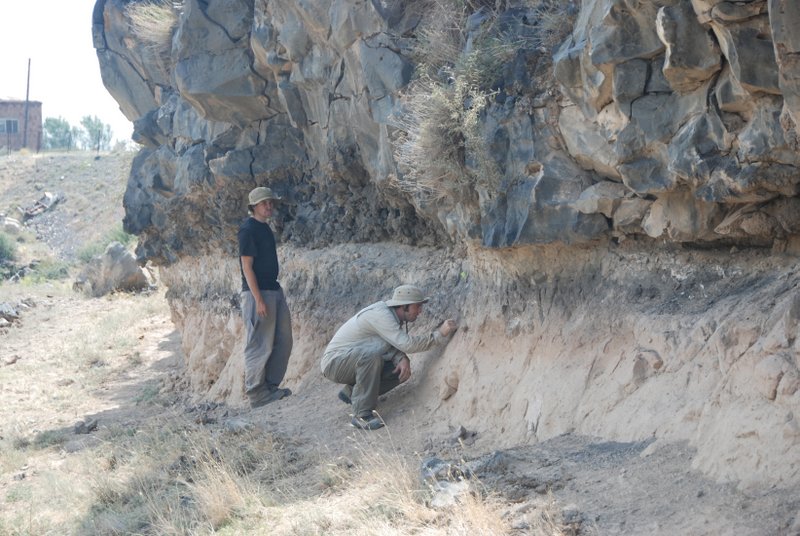Artefacts found in Armenian challenge assumptions about stone age technology

Aida Avetisyan
Public Radio of Armenia
Stone Age artefacts discovered at a site in Armenia have shown how innovative humans were in terms of technological development 325,000 years ago, according to the International Business Times.
Published in the journal Science, researchers studied thousands of stone artefacts from the Nor Geghi 1 site in Armenia.
Researchers from Royal Holloway, University of London, together with an international team from across the United States and Europe, have found evidence which challenges the belief that a type of technology known as Levallois – where the flakes and blades of stones were used to make useful products such as hunting weapons – was invented in Africa and then spread to other continents as the human population expanded.
They discovered at an archaeological site in Armenia that these types of tools already existed there between 325,000 and 335,000 years ago, suggesting that local populations developed them out of a more basic type of technology, known as biface, which was also found at the site.
“The artefacts found in Armenia have not been brought from outside, as they are older than those found in Africa,” Boris Gasparyan, Research Associate at the Institute of Archaeology and Ethnography, told reporters today. He added that the tools found in Palestine, Israel, Jordan and Syria are also younger than the ones found in Armenia.








